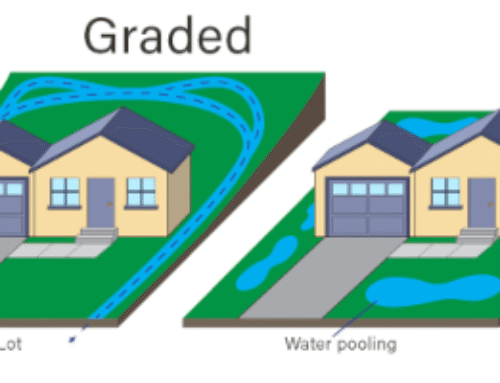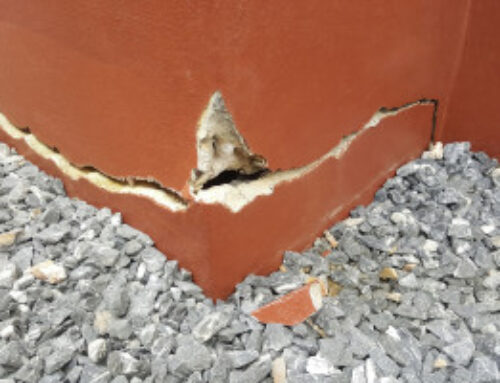If you, like 82% of Americans, are interested in landscaping, it’s worth pausing before you unintentionally put your home’s foundation at risk.
Landscaping undeniably offers a wide range of benefits, from increasing your property’s value to improving environmental and personal well-being. But there’s a lesser-known downside: if not planned or executed correctly, landscaping can actually harm your home’s structural integrity.
So, how exactly does that happen, and what should you watch out for? Let’s break down whether landscaping can damage your home’s foundation and what you can do to prevent it.
The Connection Between Landscaping and Soil Movement
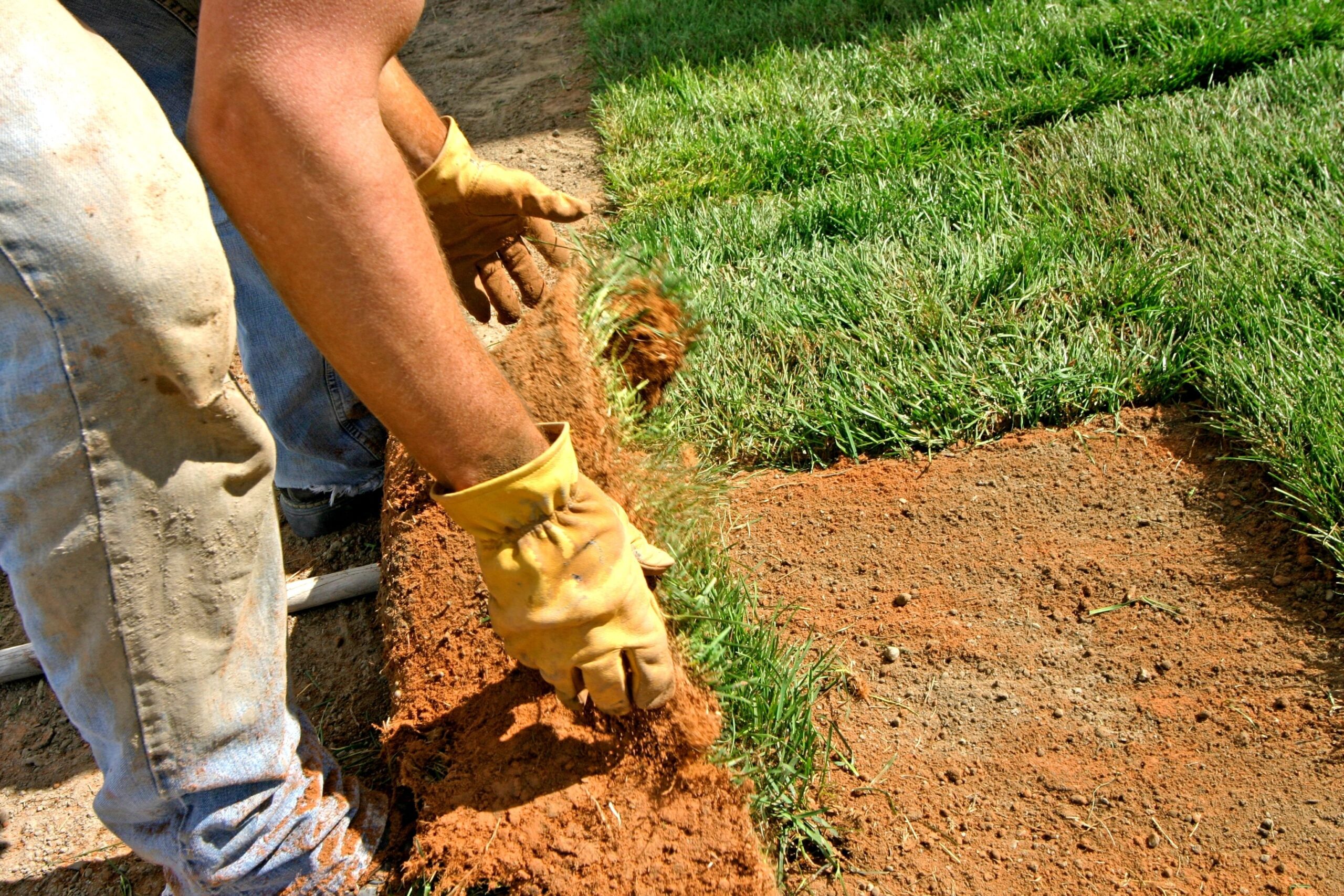
The health of your foundation is directly tied to the soil it rests on, and landscaping has a major influence on that soil’s behavior. Every time you change the natural flow of water or alter the ground cover around your home, you’re affecting how moisture moves through the soil.
Role of Expansive Soil
Expansive soil is one of the biggest culprits behind foundation movement, and unfortunately, over 50% of all the homes in the U.S. are built on it. This type of soil, often rich in clay, has the unique ability to dramatically expand when it absorbs moisture and shrink when it dries out.
The constant swelling and contracting create pressure on your foundation, leading to cracks, uneven settling, and long-term structural issues. When combined with improper landscaping practices, the situation can become even worse, causing further damage to your home foundation.
5 Landscaping Issues That Can Harm Your Foundation
Your landscaping choices play a crucial role in maintaining the integrity of your home’s foundation. Here’s a breakdown of common landscaping issues that can negatively impact your foundation:
1. Tree Roots Too Close
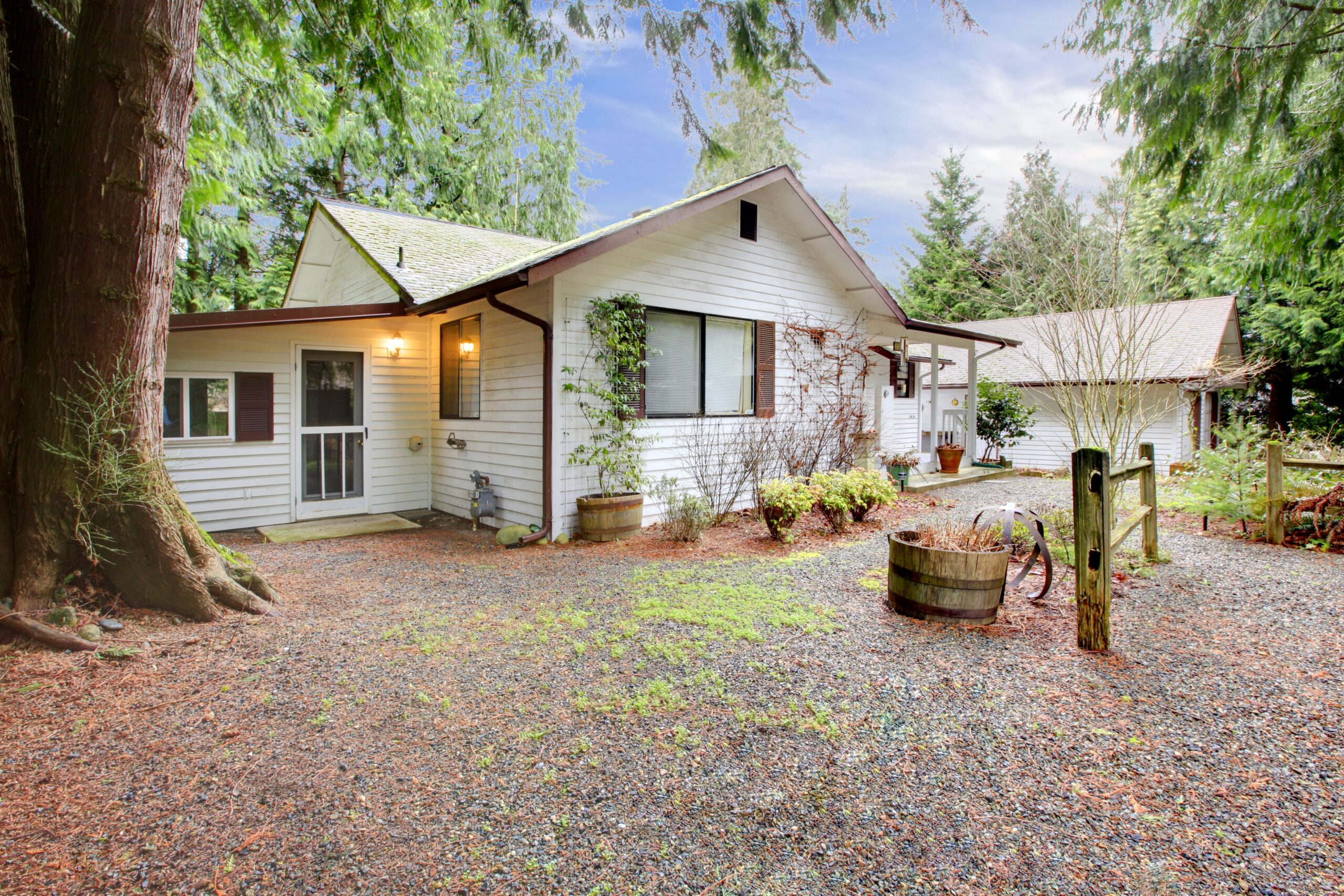
Trees may add charm and shade to your yard, but their roots can wreak havoc on your foundation if planted too close. As trees grow, their roots extend laterally in search of moisture, often intruding beneath your home’s foundation.
This can lead to soil displacement and changes in moisture content under the slab, both of which are major contributors to foundation movement and cracking.
In extreme cases, large roots can even push against the foundation itself.
2. Altered Grading from Landscaping Changes
Landscaping projects can unintentionally change how your yard handles water. Adding flower beds, reshaping your lawn, or installing decorative features may disrupt the original grading set during construction.
If these changes cause the ground to slope toward your house, rainwater and melted snow can start pooling near the foundation. As time passes, this can lead to serious structural issues.
3. Overwatering or Leaky Irrigation
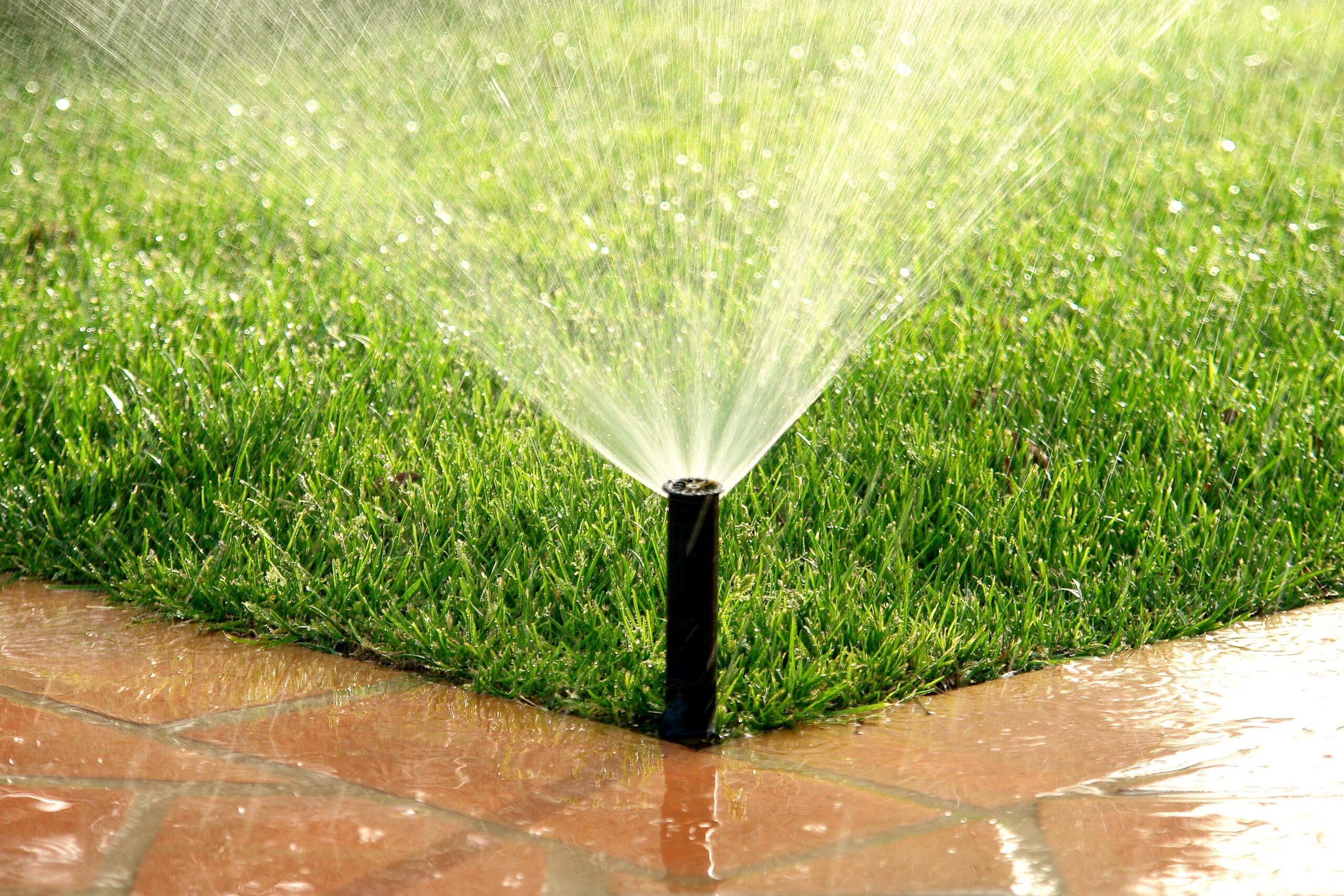
Too much water can be just as harmful as too little, especially around your foundation. Overwatering flower beds or lawns, or having a leaky irrigation system, can oversaturate the soil surrounding your home.
This is particularly problematic in clay-rich soils, which expand significantly when wet and shrink when dry. These leaky irrigation systems often go unnoticed until damage is already done.
4. Plant Beds Right Against Foundation
While it’s common to place garden beds close to the home, doing so without careful planning can cause major issues. When soil or mulch is piled high against the foundation, it holds moisture right next to the structure.
Over time, this moisture seeps into the foundation walls and weakens the concrete, causing mold growth and even interior water damage.
5. Improper Use of Mulch Near the Foundation
While mulch is great for controlling weeds and retaining soil moisture, using it incorrectly around your home can cause problems. When mulch is piled too close to the foundation, it traps moisture against the exterior walls.
This constant dampness can lead to increased humidity levels in the soils and encourage water to seep through small cracks or gaps in the foundation.
Signs That Your Landscaping Is Hurting Your Foundation
While your yard may look healthy on the surface, hidden landscaping issues can gradually cause serious foundation damage. The key is knowing what warning signs to look out for, both inside and outside your home.
Below are a few telltale indicators that your landscaping could be doing more harm than good to your foundation.
- Cracks in Walls: If you start to notice diagonal cracks above doors and windows or long vertical splits along drywall seams, your foundation might be shifting. In many cases, these movements are triggered by soil expansion or contraction due to improper landscaping.
- Water Pooling Near Base: Puddles forming near your home’s perimeter after a rainstorm or watering session are a major red flag. Consistent water accumulation near the foundation is often the result of poor grading, overflowing gutters, or leaky irrigation systems.
- Stair-Step Brick Cracks: Outside your home, stair-step cracks in brick or block walls are a strong visual indicator that parts of your foundation are sinking or settling unevenly. These patterns tend to form when different sections of your home experience uneven stress.
5 Safe Landscaping Tips to Protect Your Foundation
While landscaping boosts your home’s curb appeal, doing it right is just as important as doing it beautifully. By taking a few strategic steps, you can prevent long-term structural damage and protect your home’s foundation during landscaping.
1. Choose Trees with Shallow Root Systems
Tree roots naturally seek out moisture, and if planted too close, they can invade the soil underneath your foundation, drying it out or displacing it. Some plants are, however, more aggressive than others.
According to the Arboricultural Association, roots can extend 2 to 3 times the height of the tree. That’s why placement and plant choice matter.
Always plant trees at least 15 to 20 feet away from the home. Moreover, choose slow-growing and less invasive choices like Dogwood, Japanese Maple, and Eastern Redbud.
2. Use Root Barriers for Aggressive Species
If you already have mature trees near your home or want to keep beautiful, but aggressive ones like oak or elm, it’s better to install a root barrier first. These barriers block roots from encroaching under any type of foundation.
Benefits of root barriers also include:
- Redirect root growth away from your house.
- Reduce the risk of soil shifting and slab cracking.
- It allows you to keep older trees without damage.
Pro Tip: Have the barriers installed at least 30 inches deep and a few feet apart from the foundation line for maximum effectiveness.
3. Keep Flower Beds Slightly Lower Than the Slab Edge
Many homeowners unknowingly create water traps by raising flower beds against their foundation. Raised beds can direct water toward the slab, increasing the risk of saturation and soil expansion.
Therefore, it’s best to:
- Maintain flower beds 2–4 inches below the slab edge
- Avoid heavy mulch buildup along the foundation
- Use edging to help water drain away
4. Ensure Proper Soil Grading Beneath and Around Flower Beds
Keeping flower beds below the slab edge is only one part of the drainage equation. It’s equally important to ensure the soil beneath and around those beds is sloped properly to move water away from your foundation.
EPA recommends a slope of 6 inches over the first 10 feet of horizontal distance if you want to keep the foundation safe.
To test the slope:
- Lay a straight board or level starting from your foundation.
- Use a tape measure to check the vertical drop at the 10-foot mark.
- Less than 6 inches of drop may mean you need to regrade the soil.
5. Install French Drains or Gutters to Redirect Runoff
When natural drainage isn’t enough, hardscape solutions like gutters and French drains help move water safely away from the foundation.
- Some effective drainage options include:
- French drains: Installed underground to collect and redirect groundwater
- Gutters & downspouts: Direct roof runoff at least 5 feet away from the home
Common Trees and Minimum Planting Distance
Here’s a table to help you understand the trees you can plant around your home and the safe distance.
| Tree Species | Root Type | Recommended Distance |
|---|---|---|
| Oak (Red, White, Live) | Deep and aggressive | 30 to 40 feet |
| Maple (Silver, Norway) | Shallow and spreading | 25 to 35 feet |
| Elm | Deep and fast-growing | 30 to 40 feet |
| Pine | Deep and non-invasive | 15 to 20 feet |
| Birch | Shallow and spreading | 20 to 25 feet |
| Dogwood | Shallow and non-aggressive | 10 to 25 feet |
| Japanese Maple | Compact and shallow | 10 to 15 feet |
| Magnolia | Spreading and large | 25 to 30 feet |
| Sweetgum | Aggressive | 30 to 40 feet |
| Redbud | Shallow and compact | 12 to 15 feet |
FAQs
Stop Foundation Damage Before It Starts
The answer to whether landscaping can damage your home’s foundation is yes, it absolutely can if not properly managed.
If you’re from Indiana and are noticing signs like cracks, pooling water, or uneven floors, don’t wait for the problem to grow. At Crossroads Foundation Repair, we specialize in identifying the hidden causes of foundation issues and creating lasting foundation repair solutions that protect your home for years to come.
Schedule your FREE home evaluation today and let us help you build a safer future!

